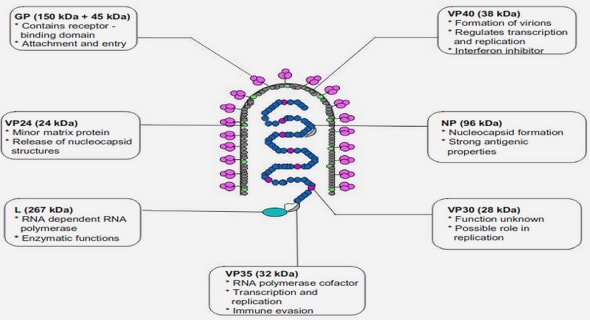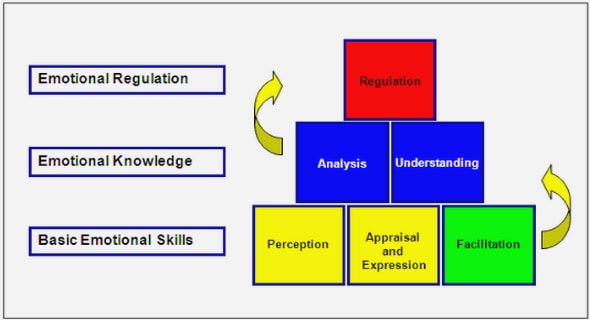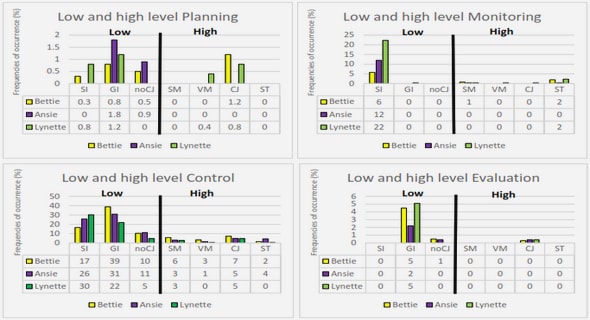Get Complete Project Material File(s) Now! »
CHAPTER FOUR QUANTITATIVE RESEARCH RESULTS
Introduction
In line with the mixed method approach adopted for this study, as it has been discussed in chapter 3, the research data was analysed using both the quantitative and qualitative data analysis methods and techniques. This approach was chosen in accordance to the nature of the research question and purpose of the study. The data collected through the survey questionnaires were compared with the data collected using interviews and observation. This helped to get a better response on not only what aspect but also on the why aspect of the banks’ operational performance by mixing the quantitative and qualitative methods – to ensure that all the gaps that might have happened would be covered by the data.
Arising from the data collected through the survey questionnaires, interviews and observation, the research results for both public commercial banks in Ethiopia are analysed, compared and presented in this chapter.
The Field Work
Instrument Development and Pilot Testing
The researcher conducted a preliminary pilot testing before the actual survey was administered to identify potential problems in the measurement instrument and to evaluate the preliminary validity and reliability of the questionnaire. The survey instrument was checked by having five senior instructors(both expatriates and local staff) with research experience and knowledge of the subject matter (BPR) at Addis Ababa university, School of Commerce and ten practitioners from the respective banks who participated as members of the reform teams (BPR teams) of the case banks. These experts gave their verbal and written feedback on the instrument. A common concern was on the format, wording and clarity of the questions. Based on their constructive feedback, some changes were made on the instrument, including the grouping of similar questions together under the same section and simplifying wordings.
Next, the revised instrument was pilot tested with randomly selected thirty customers, thirty employees and randomly selected ten members of the management teams of the case banks. Additional changes involving simplification of wording were made based on the feedback results. The researcher also computed the values of Cronbach’s alpha coefficient for the individual scales and found them to be satisfactory.
Reliability Analysis
A reliability test for each dimension was done before factor analysis was conducted. Cronbach’s alpha coefficient is widely used as a measure of checking internal reliability. A value of 0.7 for the Cronbach’s alpha coefficient is considered adequate to ensure reliability of the internal consistency of the questionnaire (Nunnally, 1978).
Response Rate
The data for this study was collected from the customers, managers and non-managerial staff (i.e., employees) of the public commercial banks in Addis Ababa. The relevant questionnaires were filled in by trained data collectors. Furthermore, an attempt was made to increase the response rate by reminding the management and employee respondents of the survey through telephone calls, SMS and self-visits as well as distributing extra questionnaires to them. The following table shows the results.
Preliminary Analysis
Missing Data
On receiving the completed questionnaires, the interviewers checked and ensured that all the questions were answered. Where any exception was discovered, the attention of the respondent was drawn to answer appropriately. The researcher also rechecked each questionnaire upon return for completeness. Hence, this exercise assisted significantly in reducing the number of questions un-attended to, in the survey. Preliminary descriptive statistical analysis was run to further confirm and ascertain if any missing data existed or not. Hair et al., (2010) suggested that any case with more than 15% missing data observed should be deleted as long as the sample is adequate. This suggestion was in line with Tabachnick and Fidell (2007) that a case of missing data should be simply dropped. However, no missing data problem existed in this study.
Factor Analysis of the Research Instrument
As stated above, factor analysis was conducted on employee and management group questionnaires (but not on the customer questionnaire as the study adopted the standardized 22 items of SERVQUAL instrument) – using principal component analysis (PCA) with the Varimax rotation method to analyze the underlying structure of the inter-relationships among the variables into a set of common dimensions.
In this study, the Bartlett’s test convincingly rejected the null hypothesis at P-value=0.000, that the samples were selected from populations with equal variances. The Kaiser-Mayer-Olkin (KMO) measures sample adequacy and reinforces the use of the PCA approach. A small value of the KMO measure indicates a weak correlation between pairs of scales and consequently that PCA is unsuitable for the data reduction process.
Background Information of the Sampled Banks
Seventeen bank branches and their respective head offices (of both CBE and CBB) were included in the study. The numbers of branches were selected based on the sample frame collected from each bank which included only those branches that were established before the implementation of BPR and implemented the change in order to assess the effects of the reform. Again theses branches were randomly selected proportionally from each bank’s branch category (level), which was classified based on the volume transaction, location, number of customers and employees as well as varieties of banking products they offer. Hence, four banking categories were included in this study with 50% coming from level four (the highest rating), 29% from level 3, 12% from level 2 and only 8% from level 1. The highest
proportion was taken from those bank branches with a large customer base and variety of banking products.
Quantitative Results
The researcher chose the techniques of quantitative data analysis based on the nature of the key variables (i.e. dependent and independent variables) he had to deal with in the study. The dependent variable, customer satisfaction and independent variables, that is, reliability, responsiveness, assurance, empathy and tangible, were regrouped and changed into dichotomous variables to be measured. The researcher combined the responses from the items on a Likert-scale into a single composite score as a measure of the level of a construct. In this way, a construct was given a score of zero (0 = Low) when its level was below average or having the average composite score and a one (1 = High) when its level was above the average composite score.
The same principle was applied to measure the specific variables. The responses were regrouped as “low” and “high”. ‘High’ indicated a high level of agreement for the responses on the changes brought about by BPR for each dimension and ‘low’ for the level of disagreement of the changes.
For the analysis of association of the independent variables with the dependent variables, the researcher used the Chi-square test to check for an existence of association between the dichotomous dependent variables and the categorical independent variables. After this, the researcher used the binary logistic analysis to measure the net effect of the independent variables on the dependent variables and the relative risk by calculating odds ratios (OR) as explained in chapter 3.
Hosmer-Lemeshow goodness of fit test measures logistic regression models’ goodness of fit and it was therefore used in this study. This test showed significant results for all the logistic regression results in this study which indicates that all the logistic models were significant. The Nagelkerke R square value provided an indication of the amount of variation in the dependent variable explained by the model. Except for a few models, these values were higher than 0.45, which indicates that more than 45% of the variations in the dependent variable were explained by the model.
DECLARATION
Abstract
ACKNOWLEDGMENTS
CHAPTER ONE INTRODUCTION AND BACKGROUND INFORMATION
1.1 Introduction
1.2. Background information
1.3. Problem Statement
1.4. Aim and Objectives of the Study
1.5. Rationale of the Study
1.6. Significance of the Study
1.7. Delimitation and scope of the Study
1.8. Limitation of the Study
1.9. Outline of the Thesis
CHAPTER TWO THEORY AND LITERATURE REVIEW
2.1 Introduction
2.2 Theoretical Framework
2.3 Literature Review
CHAPTER THREE RESEARCH DESIGN AND METHODOLOGY
3.1 Introduction
3.2 Research design
3.3 Research Approach
3.4 Sources and Types of Data Collected
3.5. Target population, sample and sampling methods
3.6 Data Collection Methods
3.7 Data analysis Strategies
3.8. Validity and Reliability Issues
3.9 Ethical Considerations
3.10 summary
CHAPTER FOUR QUANTITATIVE RESEARCH RESULTS
4.1 Introduction
4.2 Reliability Analysis
4.3 Response Rate
4.4 Missing Data
4.5 Factor Analysis of the Research Instrument
4.6 Background Information of the Sampled Banks
4.7 Quantitative Results
4.8 Conclusion on Quantitative Results
CHAPTER FIVE QUALITATIVE RESEARCH RESULTS
5.1 Introduction
5.2 Response from Open Ended Questions
CHAPTER SIX SUMMARY, CONCLUSION AND RECOMMENDATIONS
6.1 Introduction
6.2 Summary of Results
6.3 Research Conclusions
6.4 Recommendations
GET THE COMPLETE PROJECT
BUSINESS PROCESS REENGINEERING AND ORGANIZATIONAL PERFORMANCE: A CASE OF ETHIOPIAN PUBLIC BANKING SECTO


